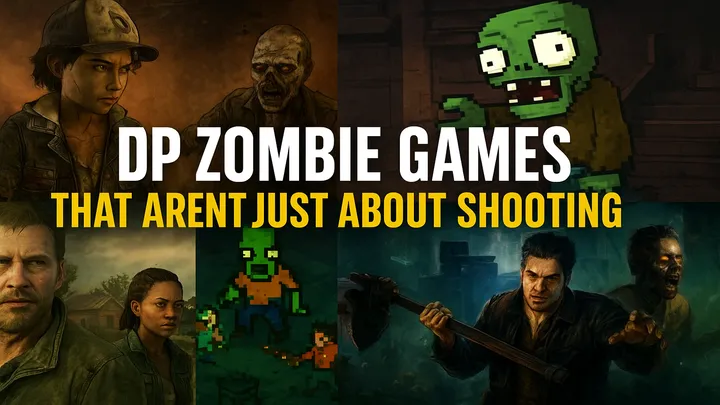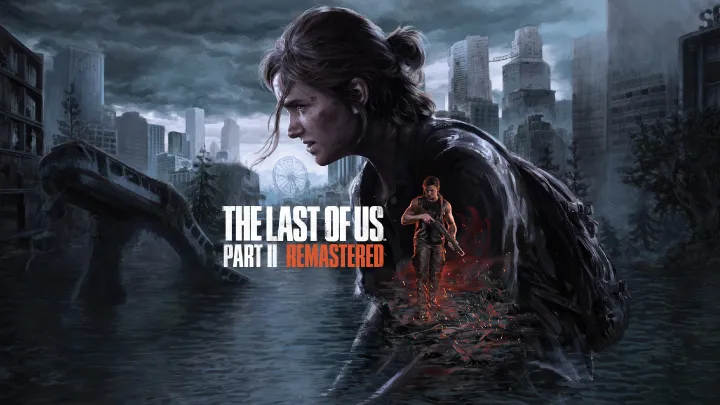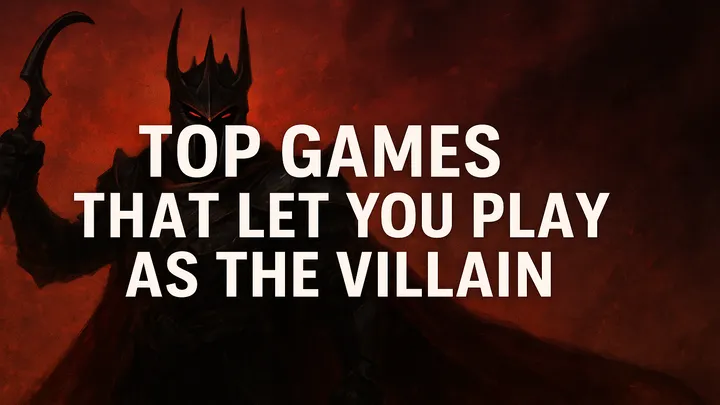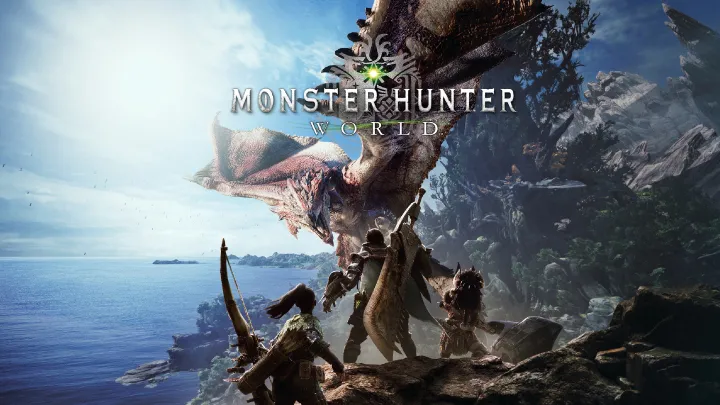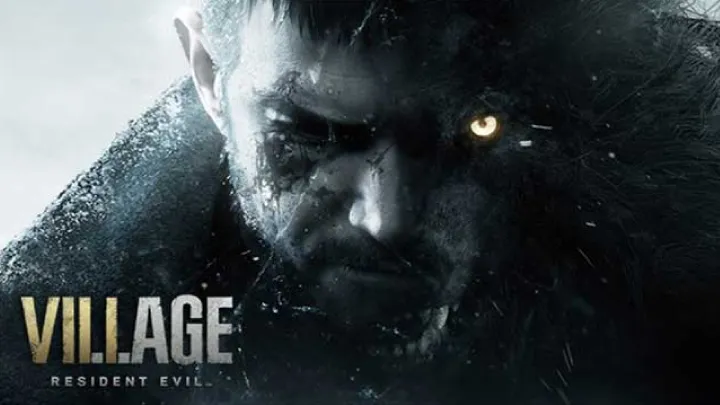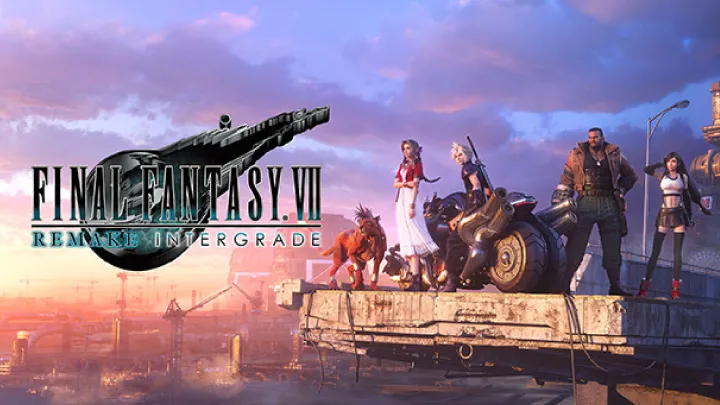Rainbow Six Siege X, the milestone update celebrating ten years of tactical shooter excellence, brought with it a sweeping evolution in gameplay, visuals, and scale. Players were introduced to overhauled maps, first-person animations, destructible environmental features, and the ambitious new 6v6 Dual Front mode. Ubisoft marketed this as a reinvention—not just of Siege, but of tactical shooters in general.
However, with progress came problems. As the Siege X update landed, players across all platforms began reporting widespread performance drops, inconsistent frame rates, and more surprisingly, regression in audio clarity, especially in competitive environments. This article dives deeply into the root of these issues, exploring how visual and gameplay upgrades—while aesthetically impressive—have come at the expense of performance, reliability, and tactical feedback.
1. The Promise of Siege X: A Revolution in Presentation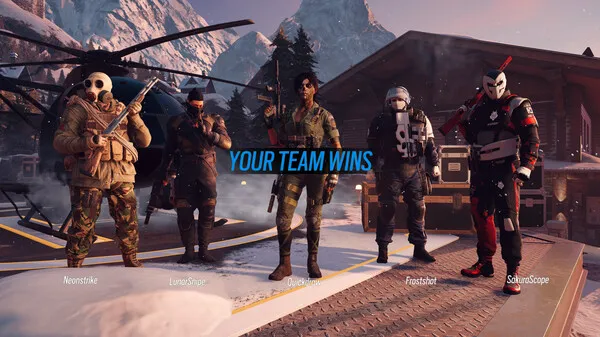
Ubisoft’s goal with Siege X was clear: modernize Siege's look and feel without abandoning its identity. High-fidelity textures, improved lighting, reworked destruction physics, and refined animations were implemented to give the game a much-needed facelift.
Reimagining Tactical Realism
Visually, Siege X delivered. Player models were sharper, shadows now reflected real-time positioning, and destructible surfaces reacted more realistically to gunfire and gadgets. Classic maps like Clubhouse and Kafe Dostoyevsky were polished to a new level of atmospheric detail.
But at What Cost?
The immediate aftermath saw performance costs rise across the board. Players who previously ran Siege at consistent 144 FPS on high-end rigs experienced drops as low as 90 during firefights. Console players faced input lag, extended load times, and crashes—things that had been ironed out in prior seasons.
2. Frame Rate Drops and GPU Bottlenecks
One of the most reported issues post-update was inconsistent frame pacing. The engine improvements and visual overhaul increased the rendering workload significantly, and even optimized systems struggled in certain environments.
Dual Front Mode’s Performance Hit
The new 6v6 mode, Dual Front, demanded more from the system than standard 5v5 matches. Larger maps, more simultaneous operatives, and dynamic sector objectives caused FPS drops especially during peak combat or complex visual effects.
Texture Streaming and Pop-In Issues
Players also noted texture streaming issues, especially when loading into matches. Walls, operator skins, and gadgets would pop into high detail only seconds after the round started, breaking immersion and tactical planning.
3. The Audio Overhaul: Intended Improvements, Unintended Problems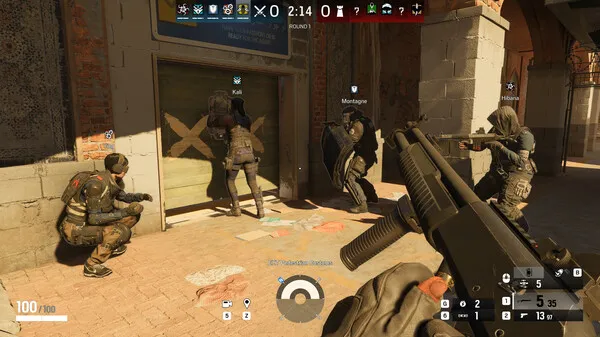
One of Siege’s greatest strengths has always been its audio system. Directional sound, footsteps, gadget cues, and environmental acoustics all worked in harmony to support Siege’s slow, methodical pace. Siege X attempted to push this further—but many argue it missed the mark.
Footstep Confusion and Reverb Overkill
Players reported that enemy footsteps were harder to distinguish. Environmental reverb effects, intended to add realism, made it difficult to determine where sounds originated. In high-stress moments, this led to players being flanked without any audible warning.
Gadget and Weapon Sounds Masked
Explosions and gadget activations were louder and bass-heavy post-update. While impressive, they sometimes overpowered softer cues like the defuser plant sound or subtle breaching noises—putting sound-reliant players at a disadvantage.
4. The Cost of Realism: Immersion vs Responsiveness
There’s a fine line between immersion and practicality in tactical shooters. Siege X leaned heavily into realism with lighting, shadow effects, and ambient sounds—but these upgrades began to interfere with the game’s competitive integrity.
Visual Effects Obscuring Critical Information
Smoke effects, screen shake, and dynamic lighting made gunfights more cinematic but often hid enemy movement or reticle positioning. For example, muzzle flashes in low-light areas exaggerated weapon bloom, making recoil harder to track.
Input Lag and Reaction Time
The combination of added visual processing and inconsistent frame pacing led to increased input lag, especially on mid-range systems. This eroded the mechanical precision Siege players have relied on for years.
5. Dual Front Mode: Tactical Innovation Meets Technical Strain
Dual Front was designed to bring a new dimension to Siege—a larger scale tactical mode with respawns and neutral objectives. While conceptually exciting, it exposed and amplified many of Siege X’s technical shortcomings.
6v6 in a Tactical Framework
Unlike standard Siege matches, Dual Front features rotating objective zones, constant movement, and frequent re-engagements. While fun, this mode increases the system’s load: more players mean more gadgets, more sound sources, and more physics-based interactions at once.
Reduced Situational Awareness
With so much happening simultaneously, the weakened audio and visual clarity made it difficult to track enemy movements or communicate effectively. Teams often found themselves overwhelmed not by tactics—but by chaotic feedback.
6. Community Reactions: Between Frustration and Fatigue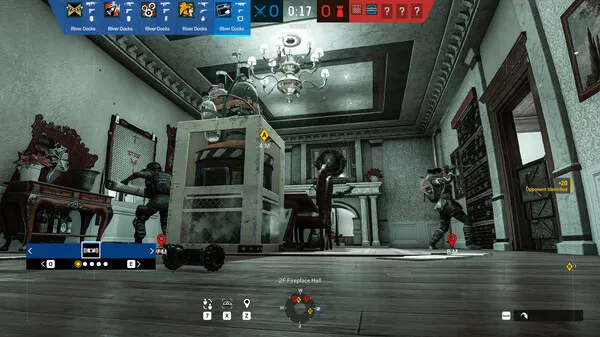
The Siege community, known for its vocal and passionate player base, reacted quickly and harshly to Siege X’s shortcomings.
Veteran Disappointment
Longtime players expressed frustration that Siege, once praised for its clean tactical feedback, now felt bloated and unpredictable. Many rolled back graphic settings or even reverted to older driver versions in an attempt to regain FPS.
New Player Confusion
For new players drawn in by the update’s marketing, the experience was equally jarring. The complex visual language, paired with unclear audio cues, made learning Siege more difficult than ever.
7. Audio as Tactical Intel: When It's No Longer Reliable
In Siege, every sound is supposed to mean something. Losing that tactical language undermines the core of the game’s design.
The Importance of Footsteps and Proximity
Knowing whether someone is on wood or concrete, sprinting or walking, crouching or running—these audio clues used to define engagements. With reverb and environmental noise muddling those distinctions, players are forced to rely more on chance than skill.
Communication Breakdown
Without reliable audio cues, squads lean more heavily on voice comms, increasing the communication burden and putting solo queue players at an even greater disadvantage.
8. Workarounds and Player Solutions
While Ubisoft is working on patches, players have developed short-term solutions to address performance and audio problems.
Lowering Visual Settings
Most veteran players recommend reducing or disabling:
- Ambient Occlusion
- Volumetric Lighting
- Shadow Quality
- Post-Processing Effects
This restores some frame consistency at the cost of visual fidelity.
Audio Tweaks
Custom equalizer settings, external mixing software, or high-frequency headset tuning are common audio workarounds. Many disable in-game reverb via config files (if allowed), though this approach has mixed results.
9. Developer Response and Patch Promises
Ubisoft has acknowledged the issues and released several hotfixes, particularly targeting Dual Front performance. These include:
- Texture loading optimizations
- Memory management tweaks
- Audio balancing changes
However, players report mixed results. Some experience minor improvements; others still report persistent stuttering, audio loss, or latency during matches. Full resolution may require deeper engine-level refinement.
10. Where Siege Goes From Here
Rainbow Six Siege X represents both a bold leap forward and a cautionary tale. Ubisoft succeeded in revitalizing the game’s look and expanding its possibilities—but possibly at the cost of the very clarity and precision that made Siege unique.
The Path Forward
To rebuild player trust and gameplay consistency, future updates must:
- Offer detailed performance modes for competitive players
- Allow more granular audio settings
- Rebalance Dual Front to reduce chaos and restore tactical pacing
- Refine new effects so they complement, rather than replace, core mechanics
Only then can Siege X reach its potential as both a modern technical showcase and a reliable tactical shooter.
Conclusion
Rainbow Six Siege X brought impressive visual and design improvements but exposed significant flaws in performance and audio integrity. Tactical shooters demand precision, and when players can’t rely on stable frame rates or accurate sound, the experience breaks down.
Ubisoft’s challenge moving forward is to reconcile its aesthetic ambition with the core gameplay values that made Siege a beloved, competitive staple. With community feedback, ongoing patches, and a renewed focus on clarity, the game can still evolve into its most refined state yet.








